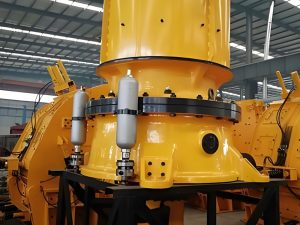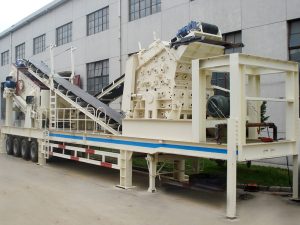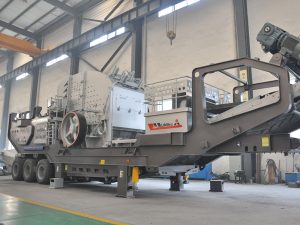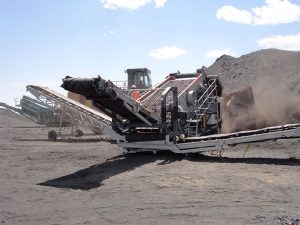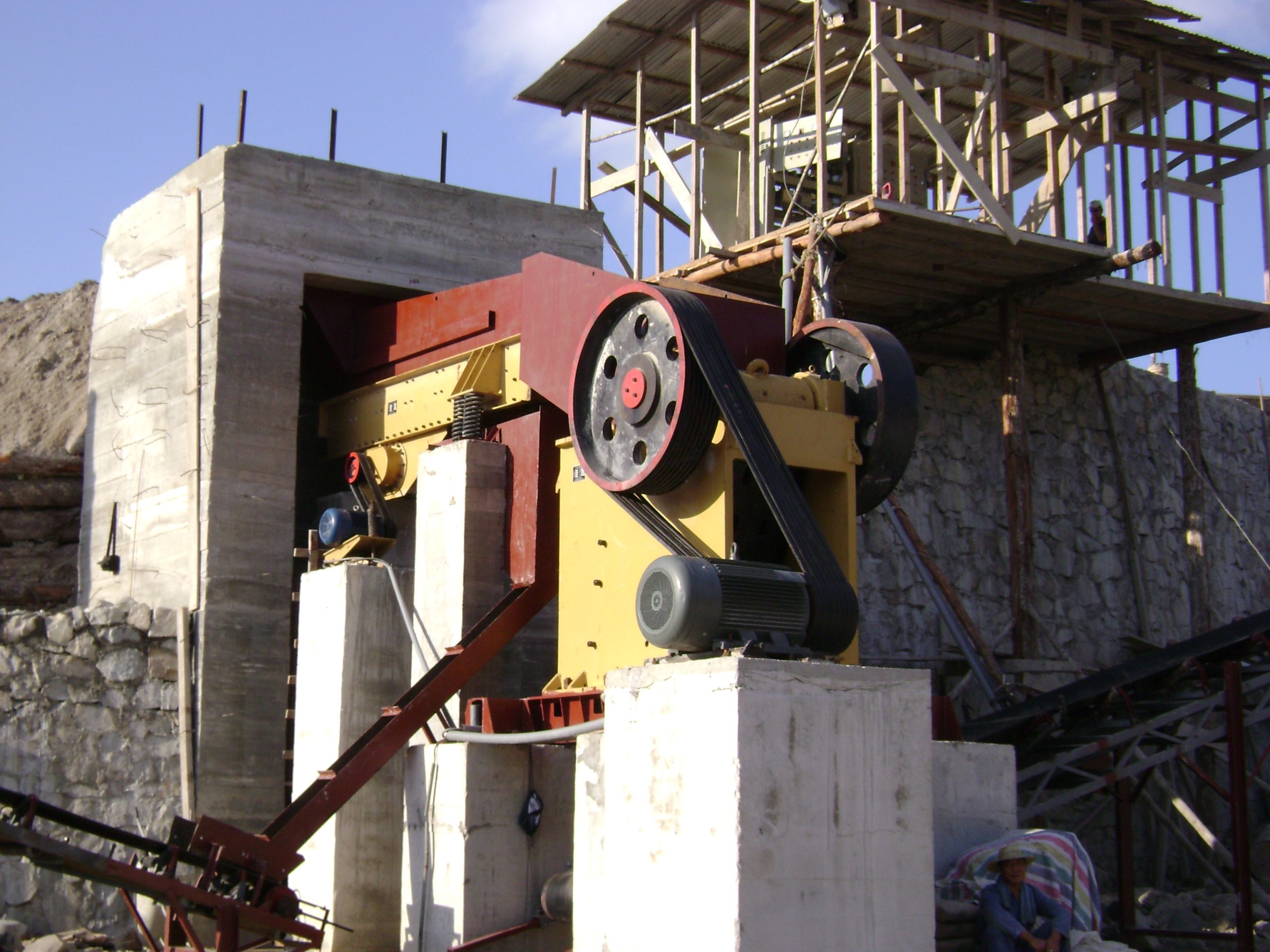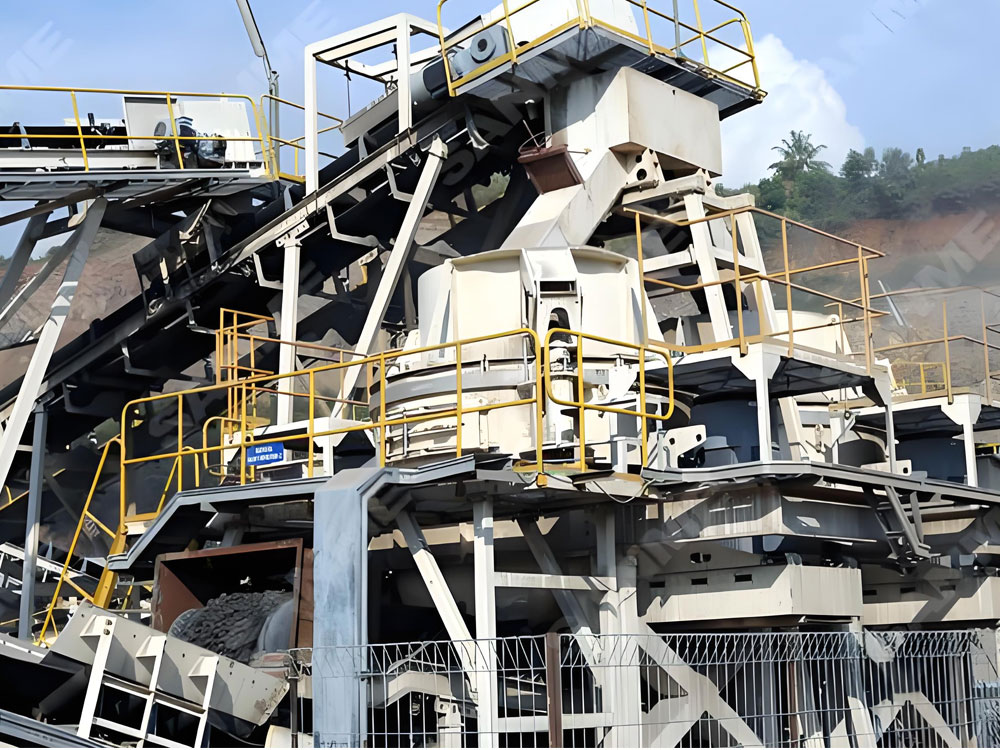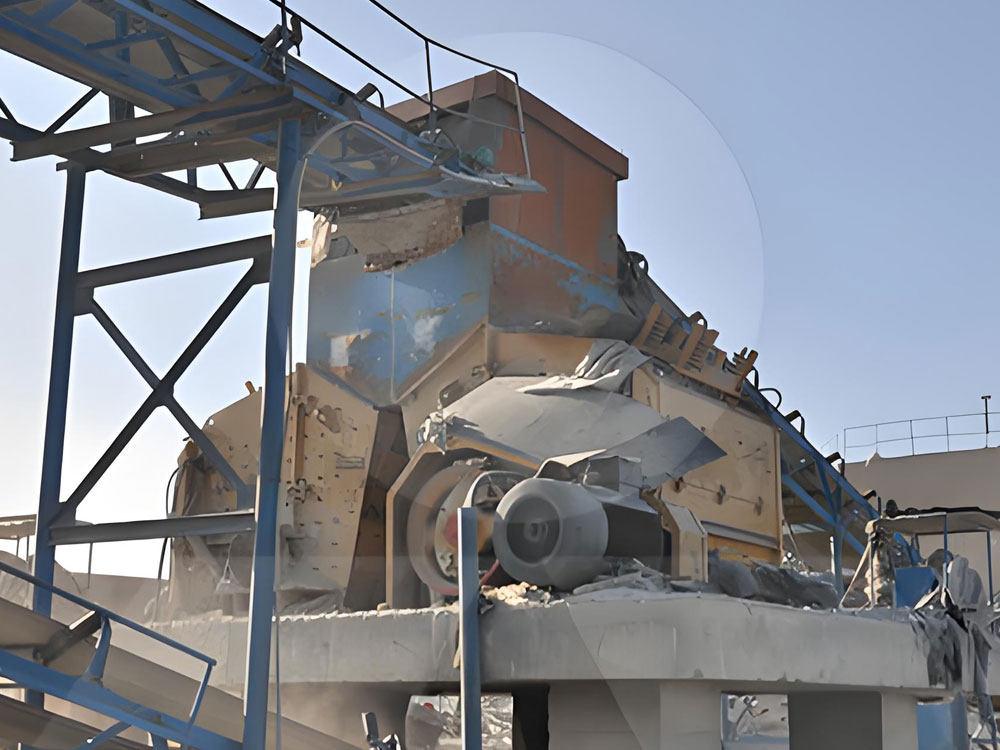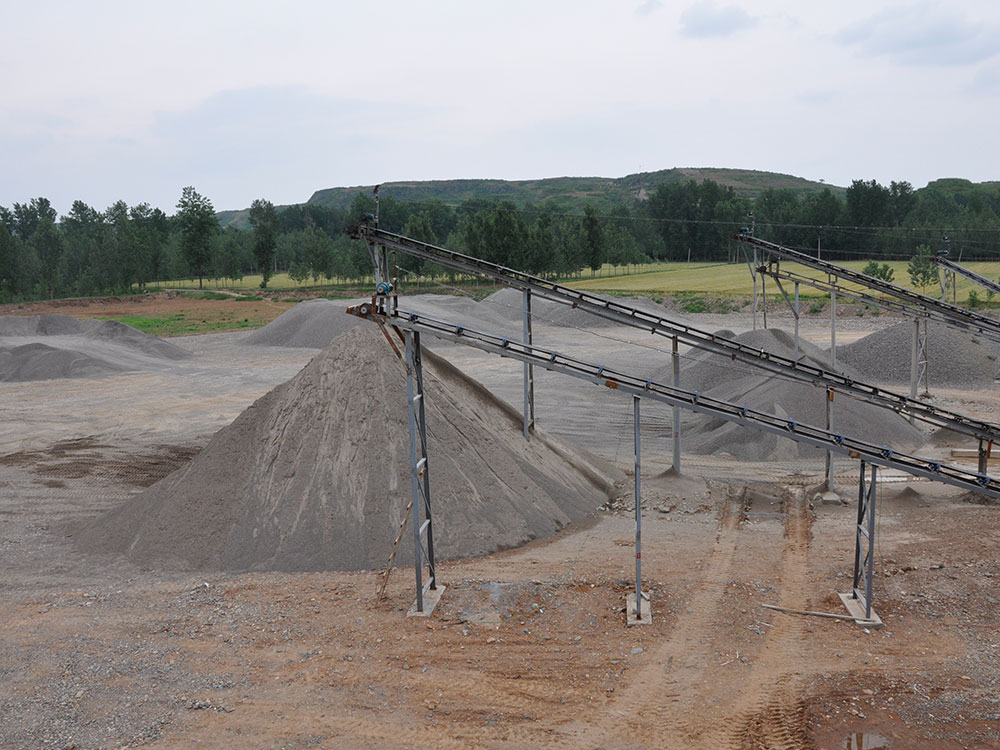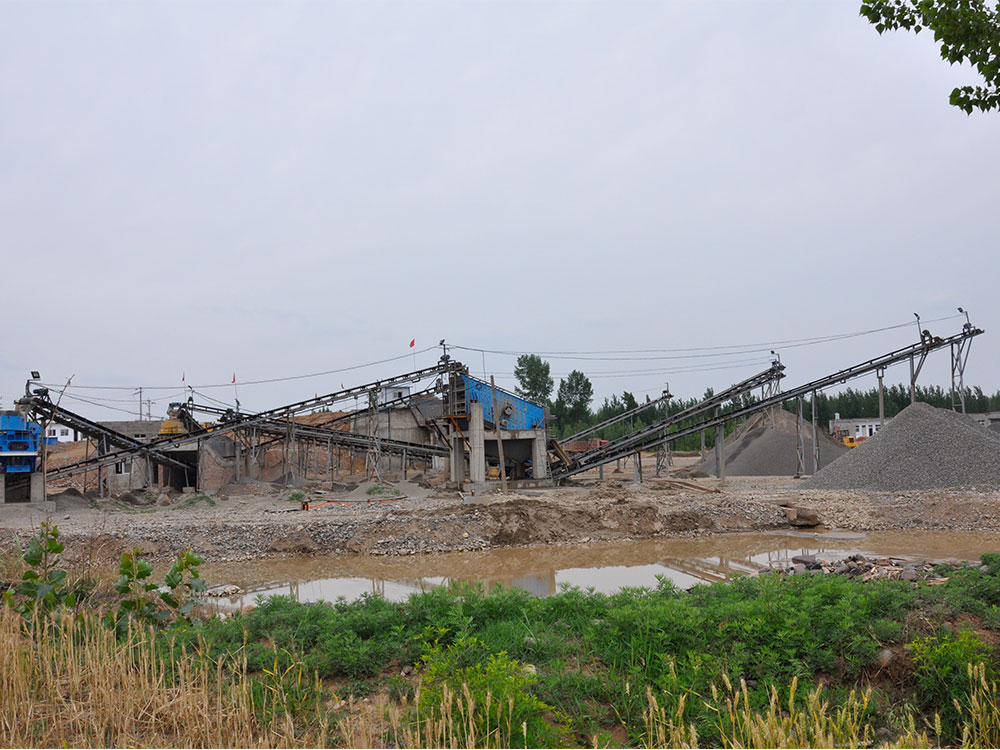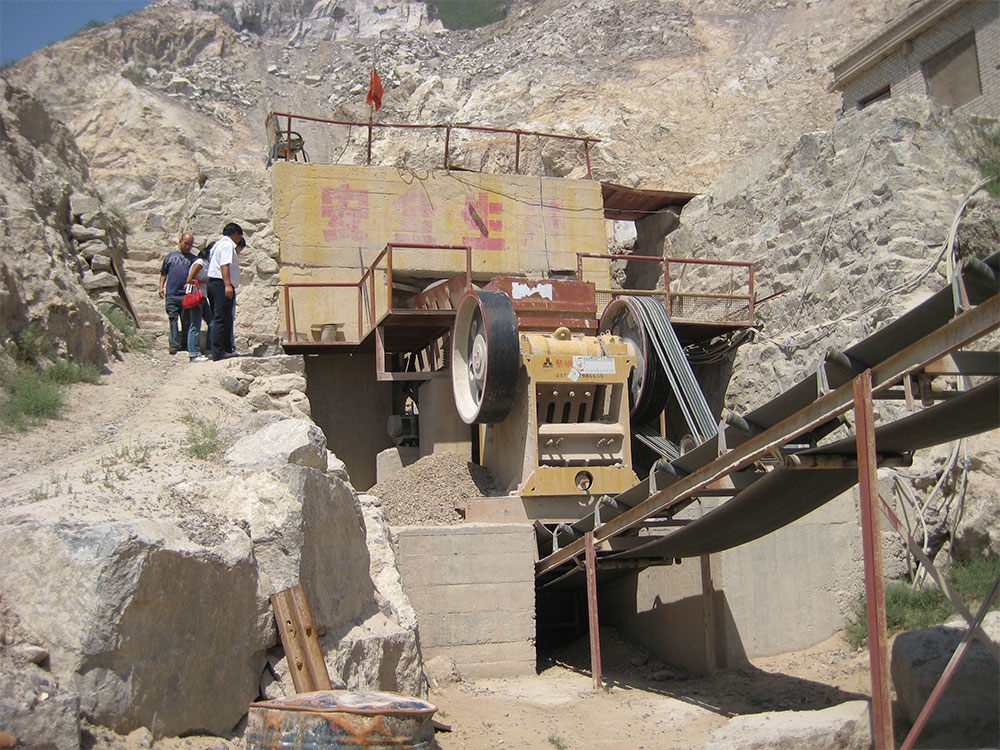When configuring the equipment of a 200-ton-per-hour sand and gravel plant production line, it is necessary to comprehensively consider multiple factors such as raw material characteristics, discharge requirements, production environment, investment budget, and production efficiency. The following is a detailed configuration plan designed to meet efficient production under different requirements.
1. Raw material characteristics and discharge requirements
Choose appropriate crushing and screening equipment according to the hardness and particle size of the raw materials and the specific specifications of the discharge. For example:
Medium and lower hardness materials (Mohs hardness ≤ 5): such as limestone, calcite, etc., can be coarsely crushed with a jaw crusher, finely crushed with an impact crusher, and then screened with a vibrating screen.
High hardness materials (Mohs hardness 5-16): such as granite, basalt, etc., can be used with a jaw crusher and a cone crusher to ensure crushing efficiency and finished product quality.
2. Production line configuration plan
1. Fixed production line configuration plan
Equipment configuration: vibrating feeder + jaw crusher + cone crusher/impact crusher + sand making machine (if sand making is required) + vibrating screen + sand washing machine (if cleaning is required) + conveyor.
Advantages: Flexible configuration, suitable for a variety of raw materials and discharging requirements; multi-stage crushing, uniform finished product particle size, low needle-like content.
Case: Using bluestone as raw material, a fixed sand production line with an output of 200 tons per hour can use a jaw crusher for coarse crushing, a sand making machine for fine crushing, a vibrating screen to screen out finished sand materials of different specifications, and a sand washing machine to clean the finished sand, and finally transport it to the finished product yard through a conveyor.
2. Mobile production line configuration plan
Equipment configuration: mobile jaw crusher + mobile cone crusher/mobile impact crusher + mobile vibrating screen + belt conveyor.
Advantages: Suitable for complex working environments, such as cities, mountains, mines, etc.; can be moved at any time to reduce material transportation costs; remote control operation to improve production efficiency.
Case: Using limestone as raw material, a mobile sand production line with an output of 200-300 tons per hour can use a crawler crushing station (including vibrating feeder and jaw crusher) for coarse crushing, a crawler medium crushing station (including cone crusher) for fine crushing, and a crawler vibrating screen for screening. The entire production line does not need to be fixed on the foundation and can be moved at any time.
3. Considerations and selection suggestions
Production environment: According to the specific conditions of the production site, such as terrain, space size, etc., choose the appropriate production line type (fixed or mobile).
Investment budget: Although the unit price of the mobile production line is higher, it does not require foundation laying, material handling and other expenses, and may be more economical in the long run.
Production efficiency: According to actual needs and production plans, the number and model of equipment should be reasonably configured to ensure that production efficiency meets the requirements.
After-sales service: Choose a manufacturer with good after-sales service and technical support to ensure stable operation and timely maintenance of the equipment.
In summary, when configuring the equipment for a 200-ton sand and gravel plant production line, it is necessary to comprehensively consider multiple factors such as raw material characteristics, discharge requirements, production environment, investment budget, and production efficiency. Through a scientific and reasonable configuration plan, efficient and stable production goals can be achieved.


